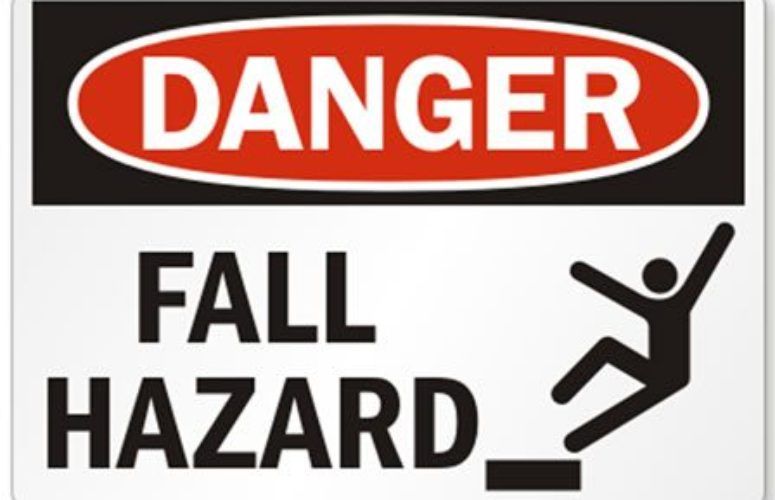
Employers Face Big Changes Under New OSHA Rules, Says LeClairRyan Attorney
On Mar 28, 2016This year, Occupational Safety and Health Administration (OSHA) is likely to engage in a series of far-reaching regulatory changes – from increased fines to stepped-up inspections – that could affect countless numbers of companies of all sizes. Businesses that don’t prepare for them now could face increased scrutiny and extra expenses, warns veteran labor and employment attorney Joseph P. Paranac, Jr. in a just-published column for Safetyoutlook.com.
“One looming change will hit some businesses in the wallet: the first increase in OSHA fines since 1990,” writes Paranac, a Newark-based shareholder in national law firm LeClairRyan. “Expected to be implemented by August, OSHA will likely raise fines by an estimated 80 percent. Businesses that routinely use chemicals in the workplace, construction companies, and manufacturers of chemicals may be most at risk for these new, higher fines.”
Additionally, thanks to revisions in the way that OSHA inspectors are graded, Paranac is seeing an increase in “complex” inspections, especially ones involving chemical manufacturing facilities and oil refineries where chemical exposure, or musculoskeletal accidents have occurred.
In light of the stepped-up OSHA investigation activity, companies may wish to consider conducting their own self-audits – using their own experts or retaining a consultant – so their house is clean when OSHA comes knocking at the door, he advises.
Further increases in OSHA site visits are also likely to stem from an increase in the agency’s Rapid Response Investigation (RRI) requests, he says. Following an accident, OSHA may contact the reporting employer to learn more about the root cause and how to prevent similar incidents from occurring.
“We have seen a sizable increase in the issuance of RRI requests,” reports Paranac, adding that if OSHA believes the reporting company is trying to whitewash the incident, perhaps by simply blaming the victim instead of thoroughly investigating the incident and documenting the findings, the agency may mount its own inspection of the incident, which can result in the uncovering of additional violations that could land the business in even hotter water.
“To minimize the likelihood of this, companies may consider working with outside advisors who offer OSHA and RRI seminars that focus on best reporting and other practices,” he advises.
That’s not all. On June 1, a phase-in of previously issued Hazard Communication Standards – which require employers to take measures to prevent illness or injury that could occur when working with hazardous materials – will mandate enhanced labeling of additional employee training for hazardous materials, and training in handling them., Paranac notes. Additionally, new standards regulations have been implemented regarding material safety data sheets that must be made available to workers, informing them of the properties and hazards of certain substances.
“Employers should review the new standard, ensure they’re in compliance, and can assume that there will be a big jump in OSHA compliance HazCom inspections,” advises Paranac.
Finally, Paranac believes that OSHA, spurred by the Obama administration, is likely to press for reductions in the permissible level of exposure to beryllium – a strong, light but highly toxic metal used in aerospace, defense, computer, nuclear, and other applications.
“In the final analysis, employers should keep up with these and other regulatory developments, as they can potentially impact a wide range of activities,” writes Paranac. “The activist stands taken by OSHA are likely to place a significant burden on business’ operating expenses, but the costs of non-compliance, or even being unprepared, are likely to be even greater.”
Related Articles:




